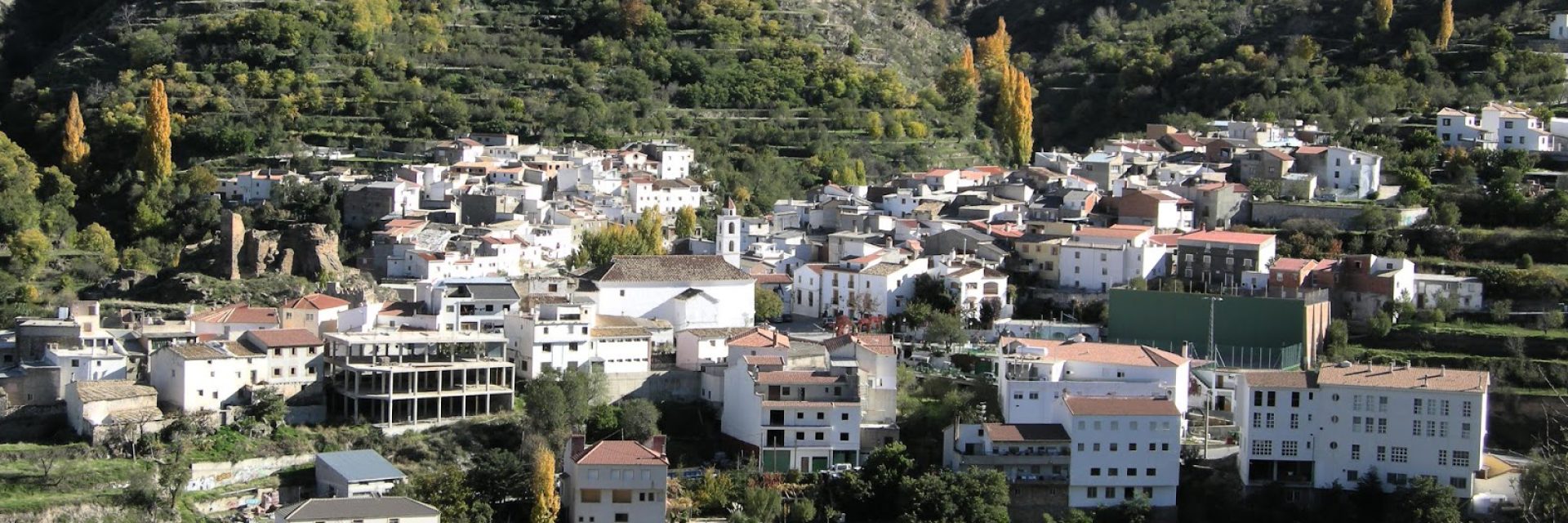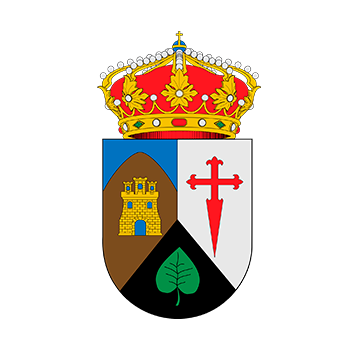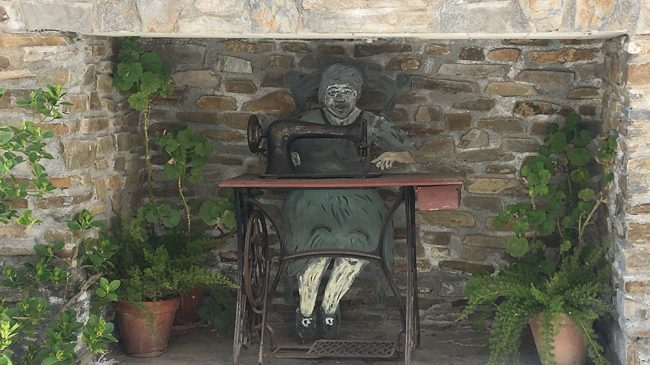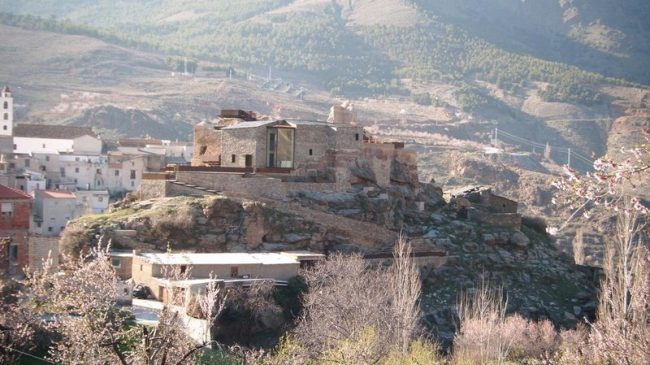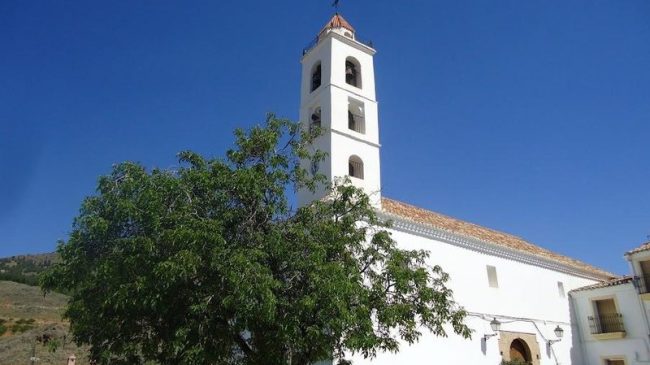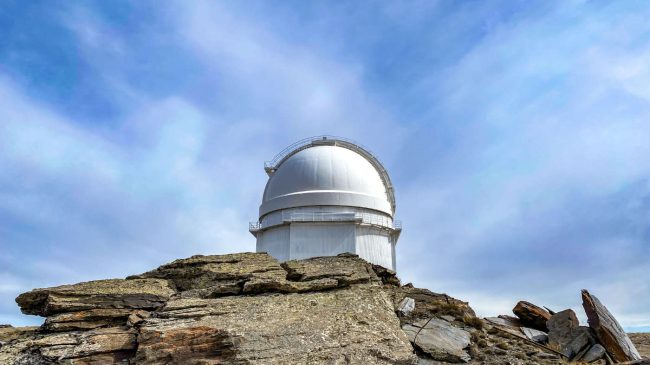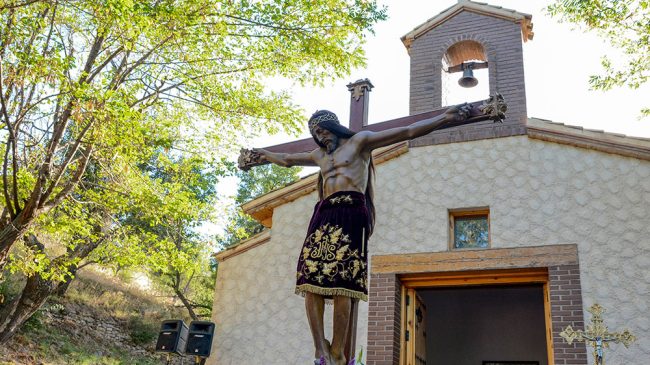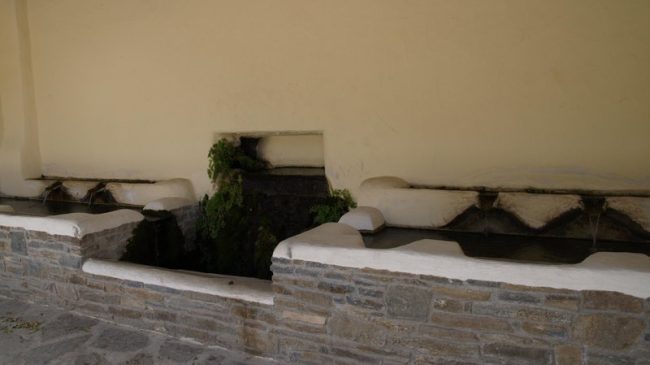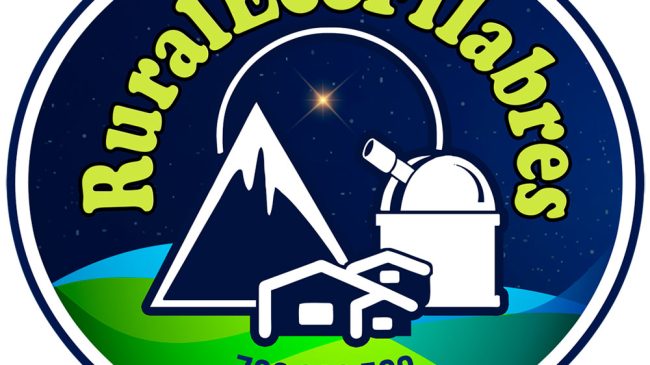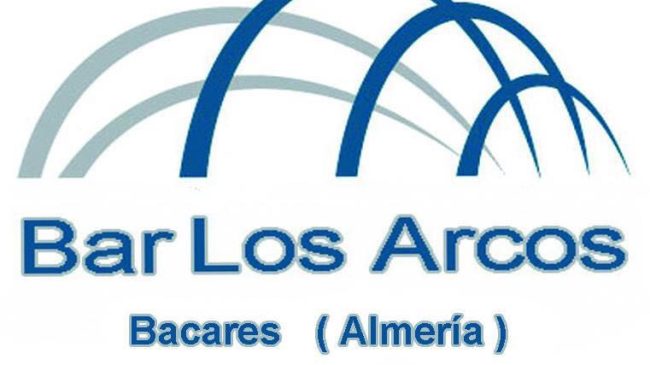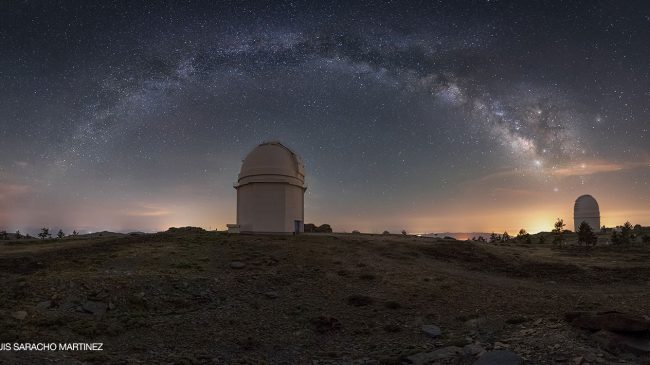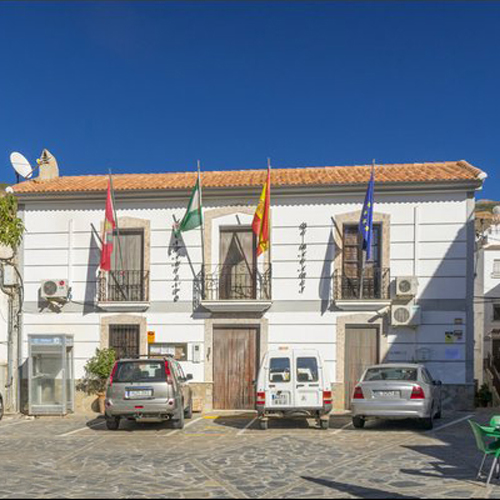INTRODUCTION
Located northwest of the province, it is the highest town in the Sierra de los Filabres, at 1201 meters high. It is dedicated to the cultivation of fruits, vegetables and livestock. The modern history of Bacares is closely linked to the conquest of the city, an important Muslim enclave, by the Catholic Monarchs. Centuries later, it is the mining industry that underlines the future of this town. The mining wealth of the area was known from very old, although it is not until 1870 when it begins its massive exploitation by Spanish, English and Dutch companies, which made the town and neighboring regions prosper remarkably. In its heyday, mining employed more than four thousand workers, not counting technicians and specialists, who moved from different parts of the province. The industry survived until 1968, the year in which ICONA took over land and manufacturing facilities.
The most interesting architectural elements of this town are the ruins of the old Bacares Castle, probably of Roman origin, and the Parochial Church (1502).
The festivities of Santo Cristo de Bacares are celebrated from 12 to 14 September. The procession is typical during which the faithful make offerings to the Christ, including bills that cover the entire skirt of the image.
As Mayoress of Bacares, it is an honor for me to welcome all those who decide to discover the wonders of our people through this website.
Visiting the municipality of Bacares is an experience steeped in centuries of history.
All these singularities constitute a surprising mixture able to offer the visitor multiple tourist possibilities.
I would like this website to encourage everyone to enjoy and get to know our people, wishing them a pleasant stay that will surely make them repeat.
DISCOVER BACARES
HISTORY AND ORIGINS
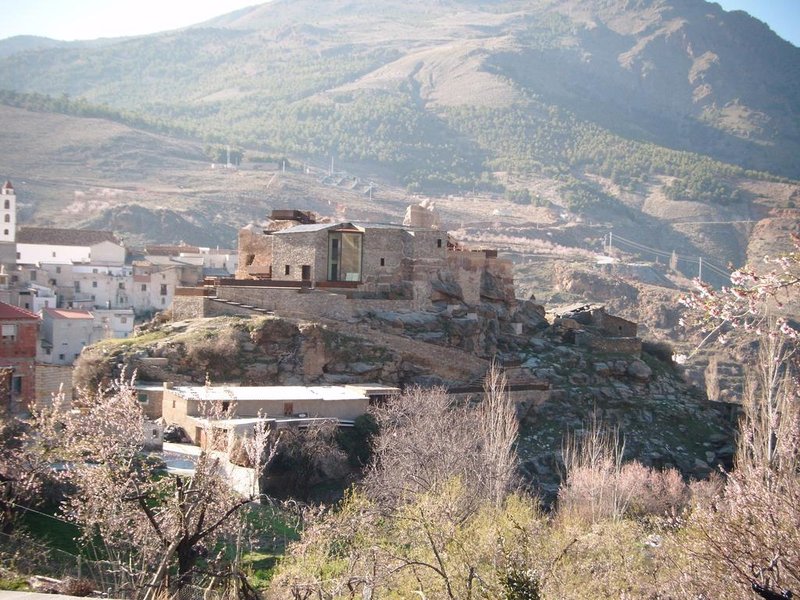
The origins appear a bit confusing. Its mining deposits suggest that the Phoenicians and Carthaginians were the first to settle.
Going down the river we find remains of a foundry and a blacksmith shop that made Bacares famous at the beginning of the century. For the rest, from Bacares all the Al-Andalus was supplied with arms and tools, the ironwork was later provided to the cathedral of Almeria and those of many noble buildings.
Its people, due to their isolation between the mountains, organized themselves in groups of muleteers who transported the products of the land. These products were chips, hardware and silk tools. They brought wheat, rye and barley, as well as oil and wine, to mill in their mills. Many families also dedicated themselves to the transhumant shepherding, in winter, when the mountains were covered with snow, they went to the sunny terrace overlooking the sea and in spring they returned to the pastures of their mountains.
It is known that centuries ago its mountains had forests of pines and oaks that with the passing of time have been cleared for the construction of ships and mining smelters, among others.
Between the end of the XIX century and the beginning of the XX Bacares came to shelter more than five thousand inhabitants, between farms and villages, due to the mining fever. When the activity of the mines stopped, in the seventies a large part of its population emigrated in search of new opportunities.
GASTRONOMY
Pot of wheat
Ingredients for 4 people:
- 250 gr. chickpea (soaked the day before in water with a little salt)
- 200 gr. White bean
- 250 gr. green bean
- 150 gr. pumpkin
- 4 pcs. pear
- 1 slice bread
- 10 pcs. almond (peeled and toasted)
- 1 pc. medium onion
- 1 large garlic clove
- 2 pcs. tomato (mature and medium)
- 1 tablespoon sweet paprika
- Saffron (some strands)
- 1 dl. milk
- 2 tablespoon vinegar
- Ground black pepper, salt
- 2 l. Water
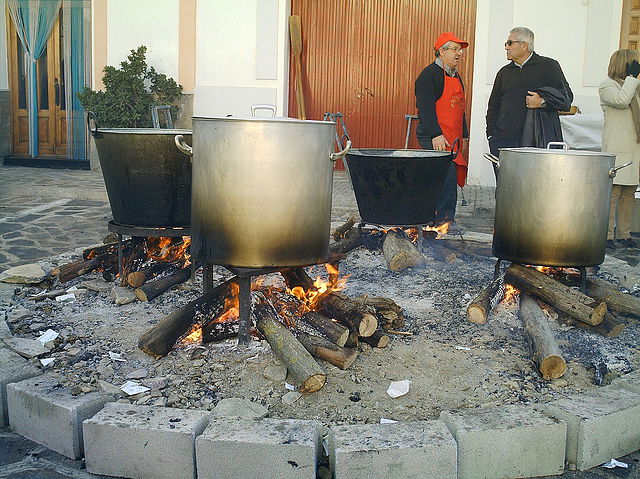
Elaboration:
Put a pot on the fire with the water, and when it starts to boil, add the chickpeas and the white beans. It is left to cook over a low heat. Twenty minutes later, the clean and cut green beans, pumpkin and pears, cut into cubes are added, all trying to keep the chickpeas and white beans from cooking.
A slice of bread and garlic are fried in oil and reserved. In the same oil, fry the chopped onion and when it is slightly golden add the peeled and chopped tomatoes, which must also be fried. In this sauce, add the paprika and let it sauté a little. Crush in the mortar, saffron hair, garlic, fried bread and almonds until everything is in a very thin paste, add the sofrito of onion and tomato, plus the vinegar and a little ground pepper. Mix thoroughly and when the chickpeas are half cooked, put them in the pot. Rectify yourself from salt.
Gurullos with rabbit
Ingredients for 4 people:
- Half rabbit
- 1/4 kg of gurullos (small handmade pasta that can be bought already elaborated, in the shape of a diamond)
- 1 tomato
- 1 pepper
- 1 onion
- 1 garlic
- Seasoning, or also called coloring
- Salt, pepper and oil
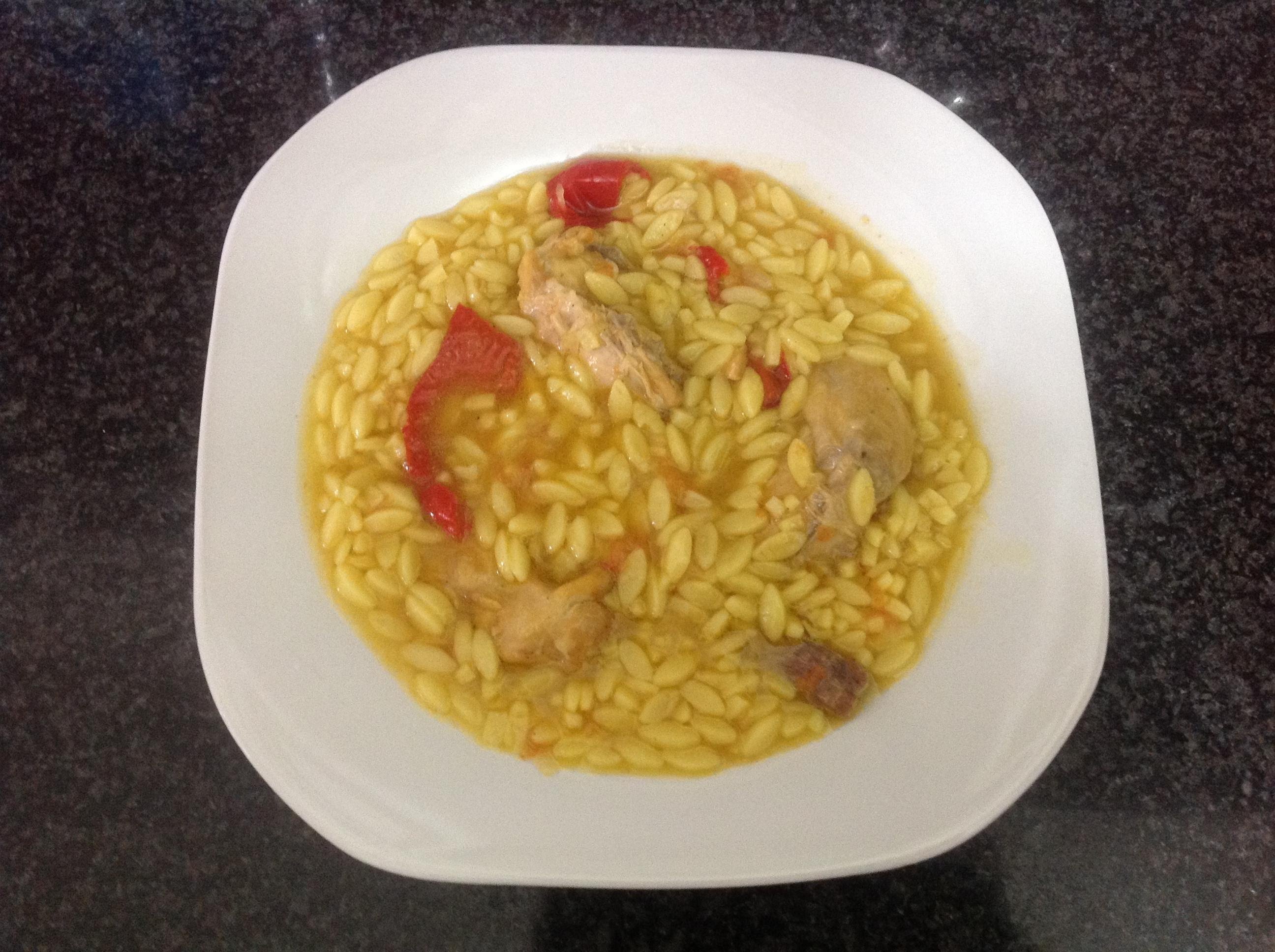
Elaboration:
Season the rabbit already cut into pieces and put them in a pot with oil, brown them and cut the tomato, onion and garlic into small pieces. Previously roast the pepper so it is very soft and cut into strips to incorporate it with the rest of the vegetables. When everything is almost done, water is made to the extent that you want it to be smooth. When boiling the gurullos are incorporated and leave to cook for 7 to 10 minutes, you can check to see if they are made, if you do not leave another little time. If you do not want to do it with rabbit, you can make it with snails or fried anchovies from the previous day.
Donuts
- 1 egg
- 1 milk shell
- 1 oil shell
- 2 Sugar shells
- 2 tablespoons of brandy
- 1 teaspoon of grated lemon or orange
- 1 tablespoon baking soda
- 500 grs. Of flour
- Ground cinnamon mixed with sugar
Elaboration:
In a dish mix all the ingredients and knead well, dip our hands in a little oil and go making donuts. Meanwhile, heat olive oil in a frying pan (so that they do not come out hard) and fry the rolls, little by little, remove them and coat in the mixture of sugar and ground cinnamon.
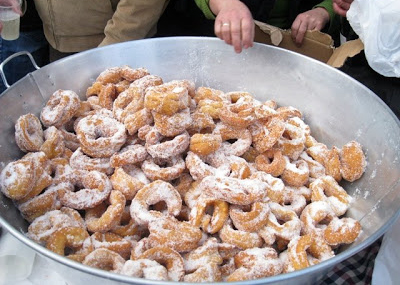
Quince Meat
- 2 kgrs. of quince
- Sugar
- Water
Elaboration:
The quinces are cooked in a pot covered with water for half an hour. When they have cooled a little, they peel and their hearts are removed, the meat is removed from the quince. The skins and the hearts can be reserved to make jelly, but I have not made it for lack of time … so a pending task for the next sweet of quince
The cooked quince is weighed and the same amount of sugar is added, it is crushed all together and put to the fire in a rounded bottom pot, and it only takes a little patience because you have to move with a wooden spoon during a half an hour at medium heat, until it loses all moisture and has the right consistency. Put in molds or cups and let cool.
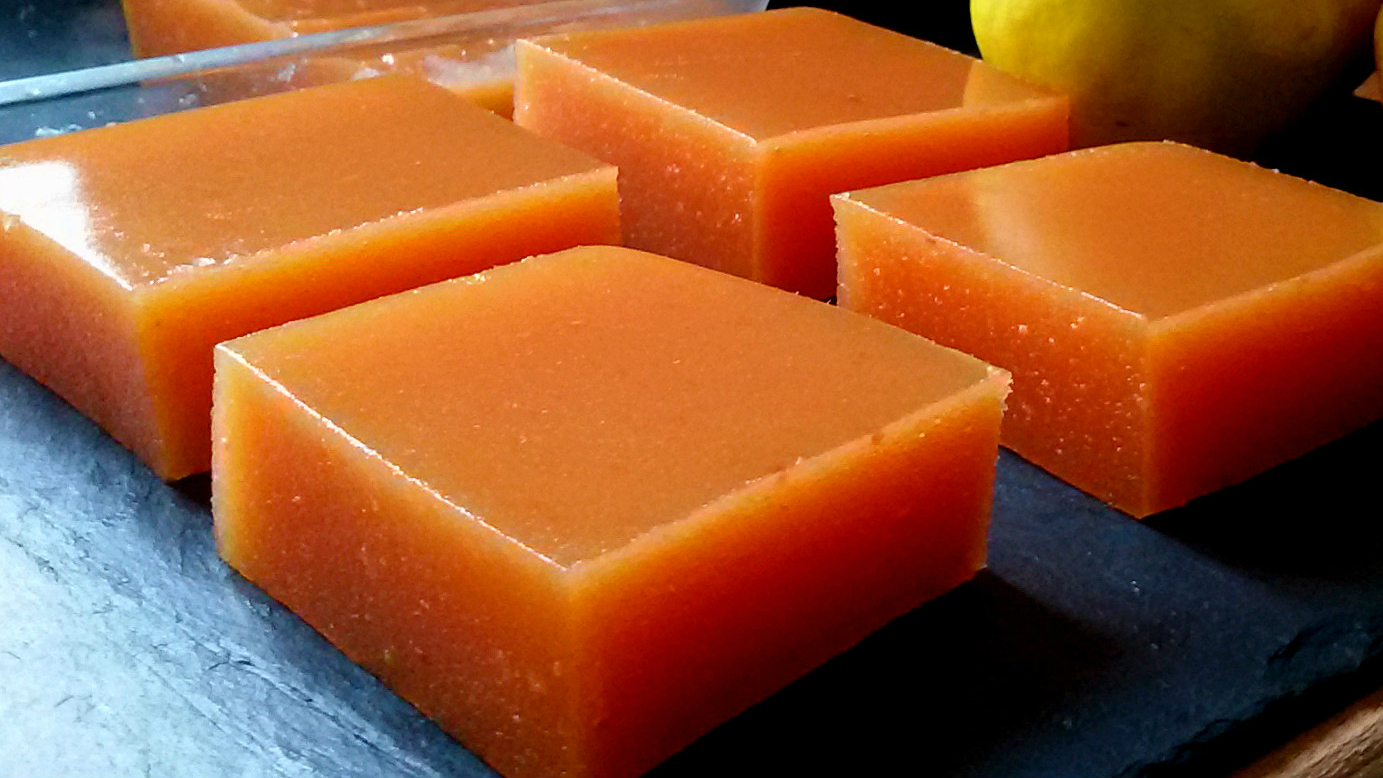
HOLIDAYS AND TRADITIONS
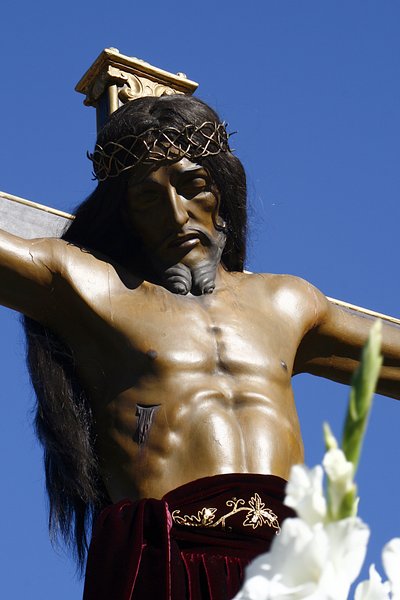
Each September, Bacares welcomes thousands of pilgrims, who show their devout veneration to the Holy Christ of the Forest. The legend tells how this image appeared in a place away from the village, in the middle of the forest.
The Procession is celebrated on September 14.
The route begins at La Plaza and immediately heads down Calle Real, passing through narrow and winding streets and of great difficulty due to its slope, until reaching the end of the urban core and entering the Camino del Bosque, through orchards and terraces. The final destination is the place where the image appeared and where its Hermitage is located. This is the other key point of the party: when the squad of Moors and Christians dance their flags and the legend of Santo Cristo is recited in verse. After all those acts, the procession returns to the parochial temple, where the Christ is dismissed until the following year by the thousands of pilgrims, who try to obtain as a souvenir the basil and the flowers that have accompanied the image on this day.
On February 2 is celebrated in Bacares on the day of Romero. In August the cultural week takes place (from August 3 to 15).
Finally, the pilgrimage to the Hermitage of El Layón hill is celebrated in May together with the municipalities of Tijola, Serón and Bayarque in honor of the Virgin of Lourdes.
WHAT TO SEE
WHERE TO SLEEP
WHERE TO EAT
LEISURE
What to do in Bacares?
If you are thinking of taking a different trip to discover beautiful places and charming towns that are not usually well known, a getaway to Bacares is an excellent option. Our town has many options to make and we recommend the ones that are sure to be of your interest.
CONTACT
City Council of Bacares
Address: Plaza Filabres, 7, 04889 Bacares, Almería
Web: http://www.bacares.es/
Contact: 950 42 10 16

